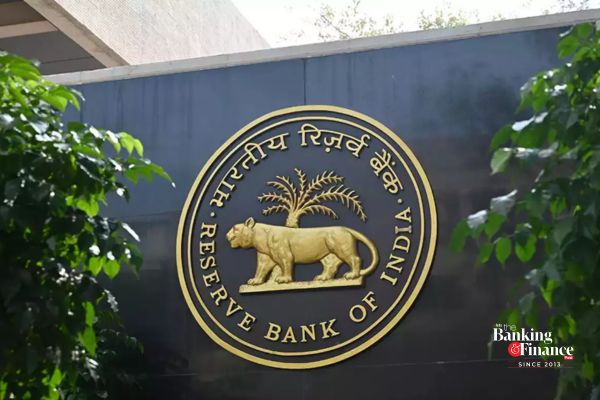The Reserve Bank of India (RBI) has introduced revised guidelines for Priority Sector Lending (PSL) to boost credit availability to key sectors of the economy. From April 1, 2025, these new guidelines are likely to enhance financial inclusion, sustainable development, and equitable lending across all sectors.
The new framework shall cover all commercial banks, Regional Rural Banks (RRBs), Small Finance Banks (SFBs), Local Area Banks (LABs), and Primary Urban Cooperative Banks (UCBs) except Salary Earners’ Banks. Through redefining the loan limits and expanding the eligibility criteria, the RBI intends to plug holes in finance and stimulate inclusive growth.
As per the modified PLS guidelines, major changes have been made in various sections. For loans for housing, ceilings have been raised based on population numbers
- ₹50 lakhs for municipalities having more than 50 lakh inhabitants.
- ₹45 lakhs for cities having between 10 lakhs to 50 lakh residents, and
- ₹35 lakh for towns having less than 10 lakh people.
Furthermore, the maximum cost of dwelling units eligible under PSL has been specified to ensure the targeted credit flow. In the renewable sector, loans of up to ₹35 crore for public utilities and power generators will now be considered PSL. Households can take loans of up to ₹10 lakh for renewable energy schemes, in line with India’s green energy mission.
Urban Cooperative Banks (UCBs) have been given a new PSL target of 60% of Adjusted Net Bank Credit (ANBC) or Credit Equivalent of Off-Balance Sheet Exposures (CEOBSE), whichever is greater. This modification is done to enhance UCBs’ role in adequately financing priority areas. In addition, the RBI has liberalized the list of eligible borrowers who fall under the ‘Weaker Sections’ class by eliminating caps on loans distributed by UCBs to a single-woman beneficiary.
For ensuring fair credit dispersal, lower per capita credit flow districts will be given a greater weightage of 125% for PSL accomplishment, whereas higher credit flow districts will be given a lesser weightage of 90%. Those financial institutions that do not achieve their PSL targets are required to contribute to specified funds like the Rural Infrastructure Development Fund (RIDF) at specified interest rates. Additionally, banks are prohibited from charging loan-related service fees on PSL loans up to ₹50,000.
Also Read | RBI Reviews Economic Landscape – Approves 2025-26 Budget
The updated guidelines extend to major sectors like agriculture, MSMEs, export credit, education, housing, social infrastructure, and renewable energy. Through enhanced loan limits and reframing targets, the RBI seeks to direct larger amounts of funds to critical segments of the economy while promoting sustainable growth and financial inclusion.
Elets The Banking and Finance Post Magazine has carved out a niche for itself in the crowded market with exclusive & unique content. Get in-depth insights on trend-setting innovations & transformation in the BFSI sector. Best offers for Print + Digital issues! Subscribe here➔ www.eletsonline.com/subscription/




















